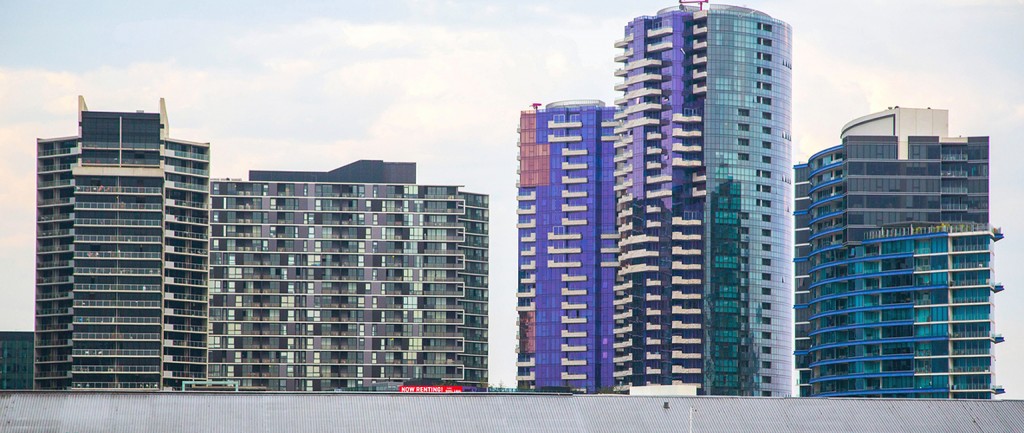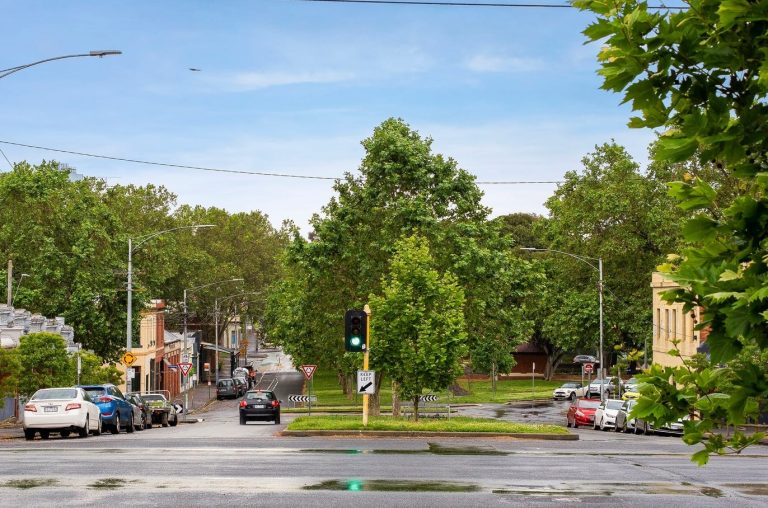Offices front and centre as mining wanes

Frenzied demand for office space in Sydney and Melbourne is evidence Australia is shifting away from a mining-based economy, the Property Council of Australia says.
The demand for space in the country’s two biggest office markets in the first six months of the year was more than double the historical average, pushing vacancies down, according to the property body’s latest Office Market Report.
Office vacancy rates fell from 10.8% to 10.4% nationwide in the six months to July as a string of big-name tech and financial companies entered the market.
Office demand in the Sydney and Melbourne CBDs is double the historical average, driving office vacancies down and demonstrating that the non-mining service sector is growing
But the divide between the strongest and weakest performing cities appears to have widened.
Property Council of Australia chief executive Ken Morrison says the latest data proves Australia’s days as a mining focused economy are numbered.
“Surging demand for office space in Sydney and Melbourne is one of the strongest signals yet that Australia’s transition from a mining investment dominated economy is taking hold,” Morrison says.

Sydney and Melbourne’s CBD office markets continue to power ahead
“Office demand in the Sydney and Melbourne CBDs is double the historical average, driving office vacancies down and demonstrating that the non-mining service sector is growing.
“In another healthy sign, office vacancy rates actually fell in 17 of the 23 markets measured by this report.”
Perth still on struggle street
While offices in Melbourne and Sydney continue to be keenly sought after, demand for space in Brisbane and Perth’s CBDs has dropped away drastically.
Brisbane experienced a fall in office vacancies for the first time in three years but demand for space also declined significantly, while Perth received the double hit of both a climbing vacancy rate and reduced demand.
Canberra had a small drop in vacancies but still trails all other cities besides Perth, while Adelaide was stable at 13.5%.
“Capital city office markets seem to be separating into a three-speed reality, with strong demand in Sydney and Melbourne, weak demand and more supply to come in Brisbane and Perth, while Canberra and Adelaide hold their ground,” Morrison says.

Office demand in Brisbane has declined
More where that came from
Despite the glut of vacant properties in some states, new office space will continue to enter the market.
More needs to be done to revitalise or re-purpose ageing product, particularly lower grade office stock, into new apartments, hotels and other uses
More than 500,000sqm of new stock is expected in the second half of the year, while another 465,000sqm is due next year.
Different cities, different approach
Morrison says the stark disparity between the office markets in Australia’s CBDs means each city needs its own distinct plan if it is to continue to grow or reverse a slide.
“Sydney and Melbourne need governments to invest in infrastructure and the public domain to support the work of the private sector,” he says.
“Other cities need more support to stimulate economic activity. More needs to be done to revitalise or re-purpose ageing product, particularly lower grade office stock, into new apartments, hotels and other uses.”







